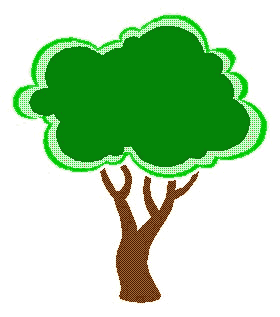Last updated 10:00 a.m. EDT on 6/6/97.
Tu B'Shevat Seders
 Sometimes, groups will hold a Tu B'Shevat seder, which uses text and ritual
actions to explain the significance of the different fruits we eat,
and to explore our connections to the land of Israel.
Unlike the Pesach seder
on which it is modeled, a Tu B'Shevat seder
has no set form or content.
In recent years, many
groups and
individual people have written
their own seders to explore the themes of the holiday.
Sometimes, groups will hold a Tu B'Shevat seder, which uses text and ritual
actions to explain the significance of the different fruits we eat,
and to explore our connections to the land of Israel.
Unlike the Pesach seder
on which it is modeled, a Tu B'Shevat seder
has no set form or content.
In recent years, many
groups and
individual people have written
their own seders to explore the themes of the holiday.
In general, the seder involves eating fruits, drinking wine, and reading Scripture with kavvanah (intention). Often the fruits are divided into three categories, representing three different types of people.
- Fruits that are edible on the inside and inedible on the outside
- These fruits represent people that may be hard to get to know. But once you get past their outer layer, you are rewarded with the sweetness of their acquantaince. Fruits in this category might include bananas, coconuts, pomengranates, almonds and other nuts.
- Fruits that are edible on the outside, but have an inedible pit
- These fruits represent people who are easy to meet and friendly at first, but whom you will never know completely because they have a guarded inner core. Fruits in this category include olives, dates, peaches, avocadoes, cherries, and mangoes.
- Fruits that are edible both inside and outside
- These fruits represent people who form quick and lasting relationships. Fruits in this group include grapes, figs, apples, strawberries, and pears.
One of the lessons of the seder is that just as we cultivate and enjoy all types of fruits, we should also cultivate and enjoy all types of people.
Find out about planting trees for Tu B'Shevat.
Read some stories, poems, and other thoughts about trees.
Home Jewish Path Vegetarian Path Homeschool Path Meet the Family Bookmarks Write Us